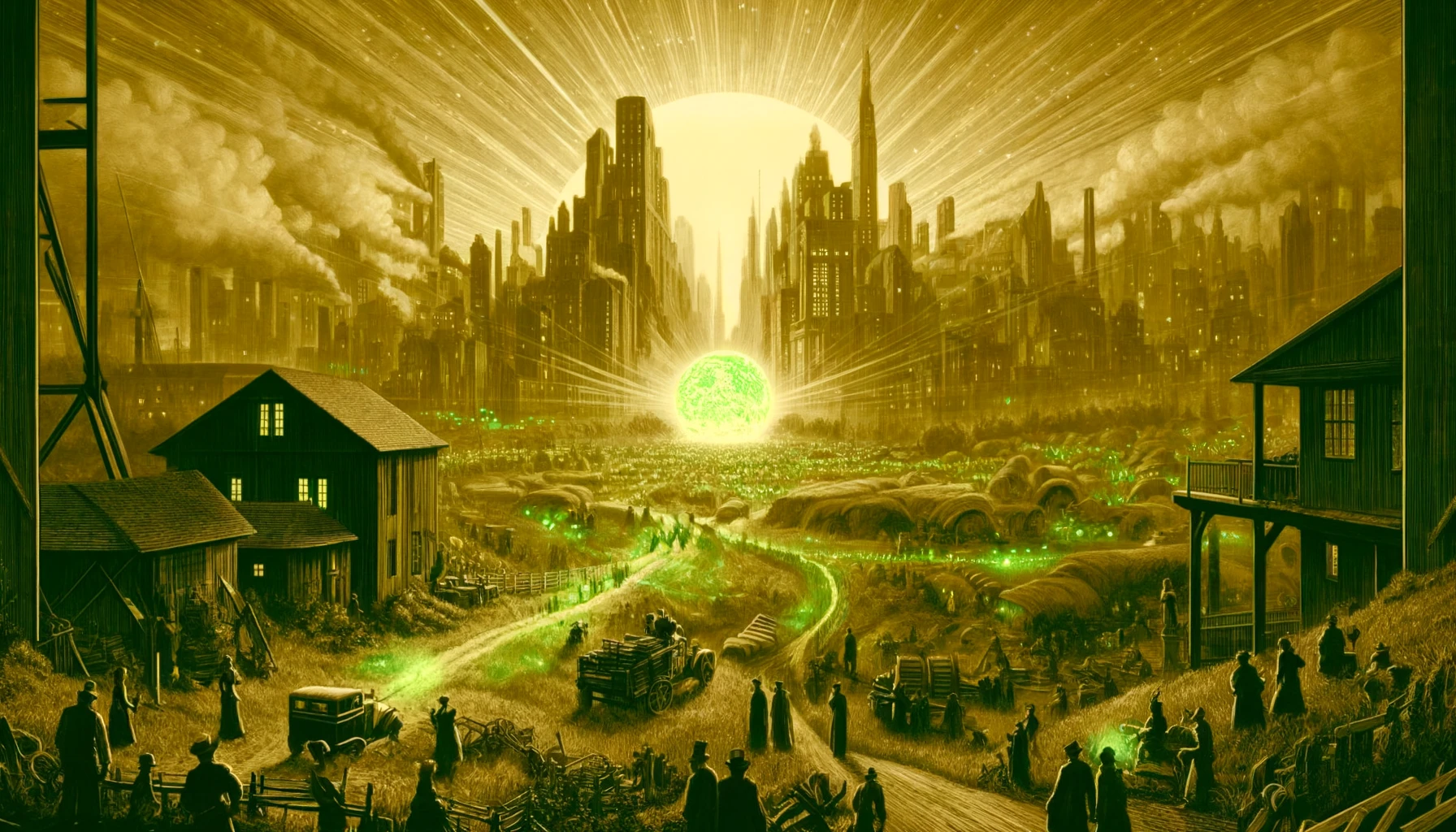While technology may change, human behavior does not. At least, that’s what reading the collection of Aesop’s Fables suggests. The characters and motivations in the parables, attributed to Aesop after he died in 564 BCE, remain relevant today.
Aesop 2021 projects these well-known (and not-so-known) stories into an age only a stone’s throw from our own. When cynicism and pessimism abound, hope becomes a rebellious act against the tyranny of the default. Each story recasts a fable’s lesson from our upcoming solarpunk future as a software tale.
The Aesop 2021 project is part of the Never Break the Chain March Writing Challenge. The original sources were translated by George Fyler Townsend and provided under the Project Gutenberg license. Addition reference provided by a Library of Congress interactive book adapted from the public domain book “The Aesop for Children: with Pictures by Milo Winter,” published by Rand, McNally & Co in 1919.
Below is the latest installment.

The shepherd gathered the Keen-Insight-Drones (K.I.D.s) and left them to recharge overnight on the roof. The thousands of bots, each no bigger than a forefinger, pulsed away happily as they uploaded the day’s environmental monitoring.
As the sun set, the billionaire called “the Wolf” strode into earshot on his way to an important meeting. Seeing him, the K.I.D.s diverted cycles to chitter and taunt him. Unperturbed, the Wolf waved off the cacophony of boos and bleeps. “So opinionated when you’re safely stowed,” he said. “Pray I never have so much free time to return the favor when I find you alone.”
Original
A KID standing on the roof of a house, out of harm’s way, saw a Wolf passing by and immediately began to taunt and revile him. The Wolf, looking up, said, “Sirrah! I hear thee: yet it is not thou who mockest me, but the roof on which thou art standing.”
Moral of the Story
Words spoken from a position of power or safety might not hold the same weight when the situation changes.



